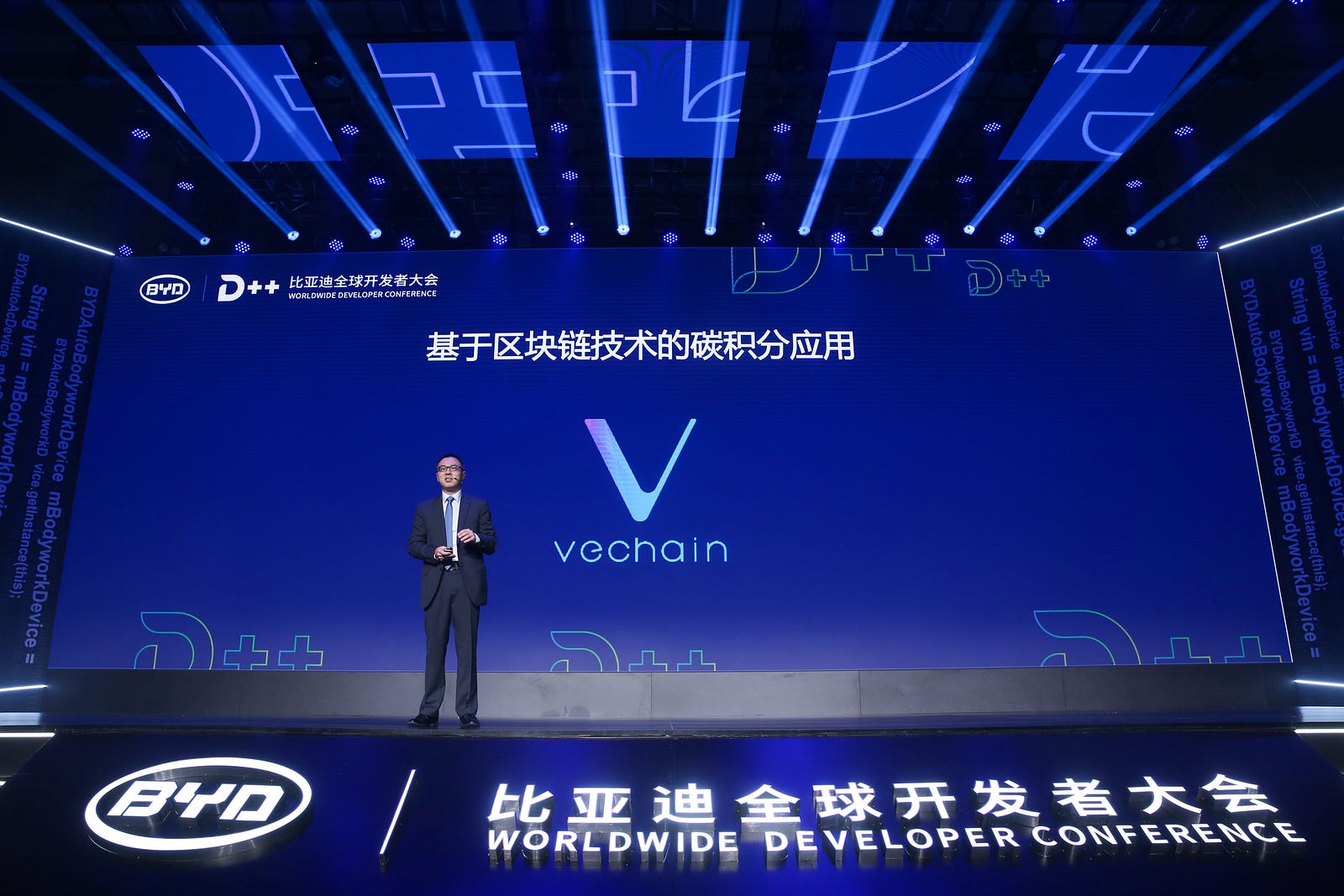Baidu made headlines briefly during the week with the announcement of their new blockchain platform -...
What is VIP 191, and why should you care?
VIP 191 is an upgrade to the VeChain core blockchain. Initially proposed by Totient, it allows users to bypass a transaction fee (VTHO) by delegating it to an application they are using. Many are familiar with MPP, a multi-party payment protocol that allows a smart contract owner to sponsor transaction costs. VIP-191 expands this by allowing sponsors to pay for transaction costs, even if they are not the owner of the contract.

Totient Co-Founder Clinton Bembry discusses VIP-191 at the VeChain Summit
Essentially, it allows a user to request someone else pay their transaction fee in a simplistic manner. In practice, this will likely be hidden behind the interface of an application, but will allow the user to skip past the more complex steps of the transaction, making VeChain more user-friendly than other cryptocurrency platforms.
How does it work?
VIP-191 works by delegating a secondary address to pay the transaction cost. When processing, the transaction will be signed by the secondary address, before being sent to the blockchain.

Example Scenario: A Cometverse user wants to tip another user. The VTHO is supplied by Totient, and the transaction is written to the blockchain at no additional cost to the user.
For a more detailed explanation, read the proposal on Github.
Why is this important?
From an investor standpoint, VeChain’s two-token economic model creates value for VET holders by earning them the VTHO used to power the blockchain. However, for the many projects working on the blockchain, such as Plair, Safe Haven, or Decent.Bet, requiring users to purchase VTHO is an unnecessary step that could discourage less-technical users from adopting their services. Third-party apps such as Vexchange.io or Cometverse could also benefit from streamlining the user experience and absorbing the costs of transactions. It also opens the door to more creative pricing models, such as subscription-based, where users could be charged a fee to use the platform, and then have all their transaction costs handled by the application.
This simple innovation will make the VeChain platform more attractive to third-party developers, as well as new ICO projects looking for a platform to launch on. By optimizing the user experience, VeChain can encourage more usage and higher user retention.
Making the platform more user-friendly and more developer-friendly should ultimately lead to even more usage over time.
When can this be used?
VIP 191 was first proposed in late March, and later shown off at the VeChain Developer Summit. Currently it is being tested, and will likely be implemented in an upcoming upgrade of the VeChain core protocol.
Latest Posts
Cointelegraph Consulting Aims to Drive VeChain Deeper into the Business World
In December, VeChain and Cointelegraph Consulting announced they were partnering to bring blockchain...
NFTs, Art, and Collectible Games, How one project exceeded expectations in 2019
A reflection on the year's events from Jamie Thomson, CEO & Founder of VeriArti. VeriArti has quickly...
















